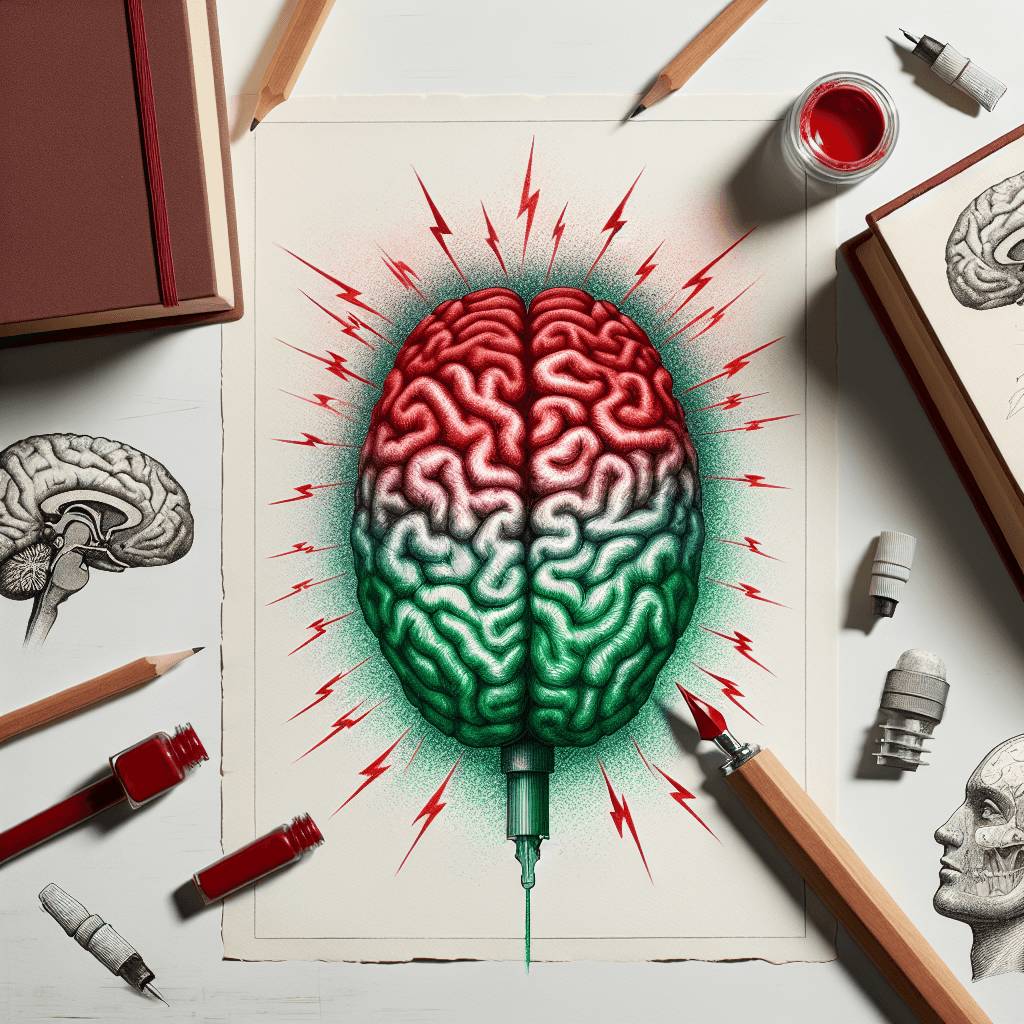How does a simple glow stick produce light without batteries or heat
It's not magic, it's a brilliant chemical reaction trapped in a tube; discover how that satisfying 'snap' unleashes a cascade of cold light without a single spark or battery.


Too Long; Didn't Read
TLDR: Bending a glow stick breaks an inner glass vial, mixing two chemicals. This creates a chemical reaction called chemiluminescence, which releases energy as cold light instead of heat.
Title: Cracking the Code: How Does a Simple Glow Stick Produce Light Without Batteries or Heat?
Introduction
Have you ever snapped a plastic glow stick at a concert, a campsite, or during a power outage and wondered about the magic behind its vibrant, cold light? In a world powered by electricity, this simple device illuminates our surroundings without a single battery, plug, or filament. It’s a self-contained marvel of portable light. But how does it work? The answer isn't magic; it's a fascinating chemical process known as chemiluminescence, or "cold light." This post will break down the science behind this captivating glow, revealing the elegant reaction that occurs when you snap and shake that plastic tube.
What's Inside? A Look at the Glow Stick's Components
At first glance, a glow stick is just a simple plastic tube. However, its clever design keeps two distinct chemical solutions separate until you decide it's time for them to light up. If you were to look closely, you would find:
- The Outer Plastic Casing: This flexible tube contains the first chemical solution. This solution is typically a mixture of a diphenyl oxalate ester (like cyalume) and a specific fluorescent dye. The dye is the component that will ultimately determine the glow stick's color.
- The Inner Glass Vial: Floating inside the main solution is a thin, fragile glass ampoule or vial. This vial holds the second chemical solution, which is a simple activator—hydrogen peroxide.
These two solutions remain inert and separate, sealed off from each other by the delicate glass wall, waiting for the right moment to mix.
The Snap and Shake: Igniting the Chemical Reaction
The iconic "snap" is the trigger for the entire process. When you bend the plastic casing, you break the inner glass vial, allowing the hydrogen peroxide to mix with the diphenyl oxalate and dye solution. This is where the chemistry of chemiluminescence begins.
Here is a step-by-step breakdown of what happens next:
- The Initial Reaction: The hydrogen peroxide (the activator) immediately reacts with the diphenyl oxalate ester. This chemical reaction, an oxidation process, is highly energetic but produces an extremely unstable intermediate compound.
- Energy Release: This unstable compound rapidly decomposes. As it breaks down, it releases a significant amount of energy. Critically, unlike the filament in a light bulb, this process releases its energy with very little thermal byproduct or heat.
- Exciting the Dye: The energy released from the decomposition is transferred directly to the molecules of the fluorescent dye that were mixed in the outer solution.
- The Glow: This burst of energy "excites" the electrons within the dye molecules, pushing them into a higher energy state. They can't stay there for long, and as they fall back to their normal, stable state, they release the excess energy in the form of photons—the fundamental particles of light. We see this stream of photons as a steady, colorful glow.
A Rainbow of Light and the "Cold Light" Phenomenon
How Do Glow Sticks Get Their Colors?
The fundamental chemical reaction that produces the energy is the same in almost all glow sticks. The color we see is determined entirely by the fluorescent dye used. Different dyes absorb the energy and then emit photons at different wavelengths, which our eyes perceive as different colors. For example:
- 9,10-bis(phenylethynyl)anthracene is used for a vibrant green glow.
- Rhodamine B creates a bright red or pink light.
- Violanthrone is responsible for an orange glow.
What About Temperature?
Glow sticks are a prime example of "cold light" because the chemical reaction is incredibly efficient at converting chemical energy directly into light energy, wasting very little as heat. This is why a glow stick feels cool to the touch.
You can even control the reaction's speed with temperature. If you place a glowing stick in hot water, the increased heat will speed up the chemical reaction, resulting in a much brighter light that fades more quickly. Conversely, if you want to save your glow stick for later, popping it in the freezer will slow the reaction way down, dimming the light but preserving its glow for much longer.
Conclusion
The simple glow stick is far more than a party favor; it's a brilliant demonstration of applied chemistry. By housing two reactive solutions separately, it allows us to initiate a controlled chemical reaction—chemiluminescence—on command. This process converts chemical energy directly into light without the need for external power or the waste of heat. The next time you snap and shake a glow stick, take a moment to appreciate the elegant, self-contained light show you’ve just unleashed, a perfect example of science that you can hold right in your hands.
More Articles

Why do we feel an urge to touch a surface that has a wet paint sign?
That irresistible urge to touch the wet paint isn't a lack of self-control; it's a fascinating psychological battle between obedience and your brain's deep-seated need to test reality for itself.

Why does reading the word GREEN written in red ink short-circuit your brain?
It's a simple test that creates an instant traffic jam in your brain, pitting what you *read* against what you *see*. We'll uncover the science behind this cognitive clash and why one part of your brain almost always wins the fight.

Why were teenage boys a disaster as the first telephone operators?
They were hired for their experience with telegraphy, but their legendary pranks, foul-mouthed shouting matches, and on-the-job wrestling quickly made way for a new type of operator.